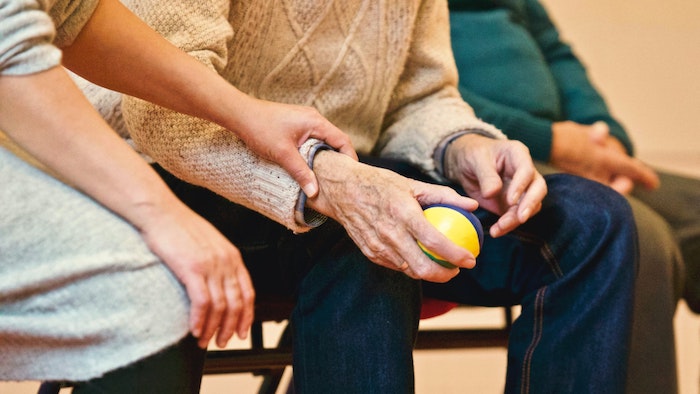The need for cutting-edge technologies to aid the development of novel therapies and diagnostics has encouraged virtual reality and augmented reality in the healthcare industry, according to GlobalData.
GlobalData’s latest report, ‘Virtual/augmented reality in healthcare’, has indicated an increased interest in using VR/AR for neuropsychological conditions, with applications available or in development to treat autism, post-traumatic stress disorder, depression, phobias, addiction, pain, stress, and anxiety.
It also found other possibilities for VR/AR technology in medical education, image-guided treatment, the treatment of neuropsychological conditions, and visual impairment, as well as use in rehabilitation.
GlobalData estimates that by 2030 AR devices will be more user-friendly, less conspicuous, and have a wider breadth of application in comparison to VR and will probably have more market share than today.
In 2018, the wearable VR market was worth nearly $7 billion and is likely to grow at a compound annual growth rate (CAGR) of 13% reaching $28 billion by 2030.
Meanwhile, the AR market in 2018 was worth $4 billion and is likely to grow at a CAGR of 24%, overtaking VR and reaching $76 billion by 2030.
Roxanne Balfe, digital healthcare analyst at GlobalData, said: “In the healthcare space, VR technology has been used for many years to train surgeons for high-risk invasive procedures, but the high cost, size, and complexity of VR surgical simulators has generally restricted their widespread use.”
He added: “While AR has experienced a slower adoption, due to technical complexities such as battery life and user interface, as well as wearing comfort, it is steadily gaining traction. One advantage of AR in healthcare is that users remain in touch with their surroundings, as opposed to VR which detaches the user completely from reality. Another major advantage of AR is the ability to put information into the eyesight of the user in real-time, important in time-sensitive situations.”





